Whole Foods vs. Processed Foods (What’s the Difference?)
- February 9, 2023
- Last Updated: May 2, 2023
- 0 Comments
- Nutrition
There’s a lot of chatter about eating whole foods vs. processed foods, but how does that translate to a sustainable and maintainable diet? Should you only be eating whole foods?
Can we have sustainable packaged foods that are healthy and good for the environment?
As an Amazon Associate, I may earn from qualifying purchases. You can read more here on our Disclaimer and Privacy Page.
When we think of the ideal diet, you may picture a whole foods based diet, with several fruits and vegetables.
And while this is what I preach in periodizing performance plates for athletes, that access and food quality may be a privilege for many people.
However, the average consumer may not be eating in that way. Therefore, there is a large gap in how we picture our diets vs. our actual diets.
And, while we say we want to include more whole vs. processed foods, that may not actually be as feasible or sustainable as we think.
Plus, not all processed foods are the same, which makes things even more confusing.
In This Article
Whole Foods vs Processed Foods
Firstly, let’s define whole foods vs. processed foods. The tricky thing, here, is that there is no universal definition for either.
How do you even define a processed food? How many processed foods is too many? What is the difference between whole foods and processed foods?
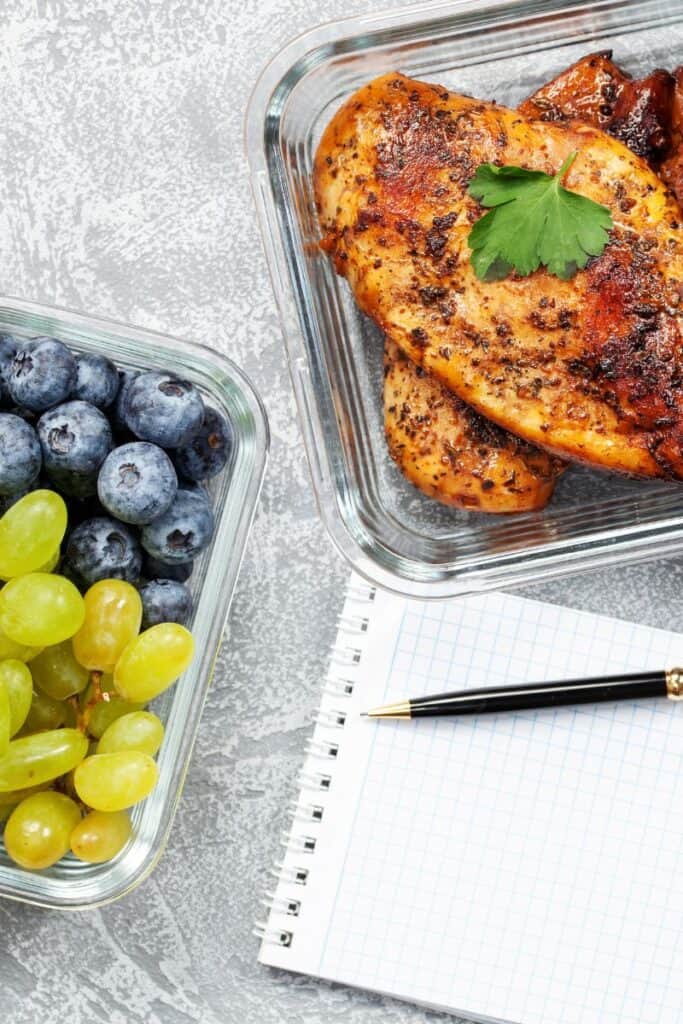
While “processed foods” seem negative and scary, largely thanks to the diet culture we live in, they are often foods we’re consuming on a daily basis anyway.
Food processing, by definition, is the process of making food suitable for consumption, cooking or storage.
This can involve one or a combination of various processes including washing, chopping, pasteurizing, freezing, fermenting, packaging, cooking and many more.
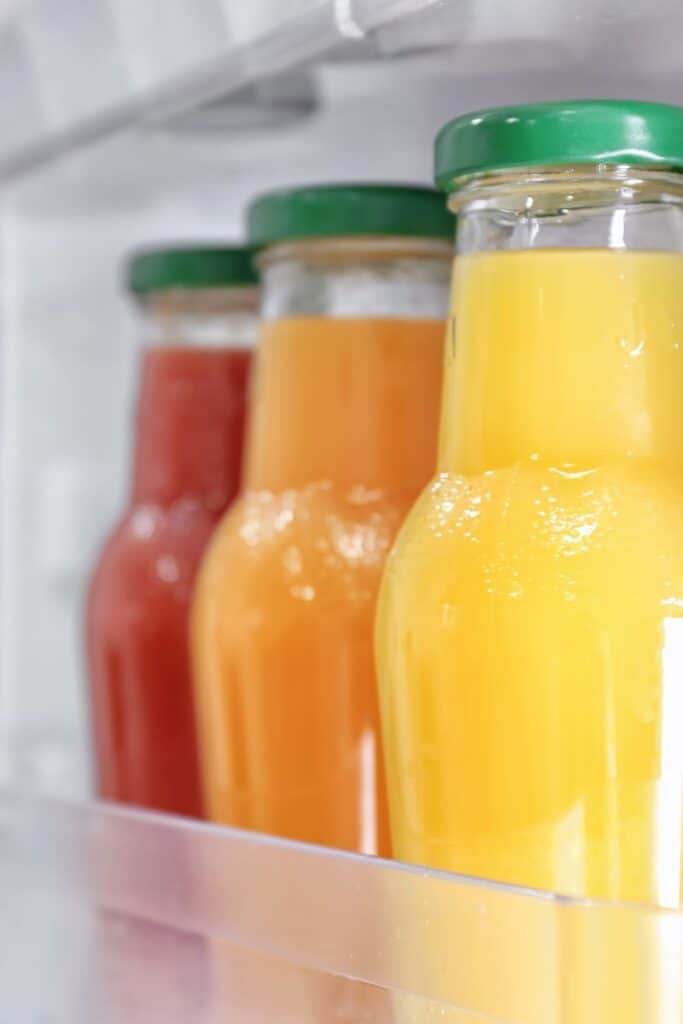
Food processing also includes adding ingredients to food, for example, to extend shelf life.
I find that when we think of the definition more broadly, and incorporate how many opportunities become available when thinking about food processing and its role, things are less intimidating.
Food processing, by definition, is the process of making food suitable for consumption, cooking or storage. This can involve one or a combination of various processes including washing, chopping, pasteurising, freezing, fermenting, packaging, cooking and many more. Food processing also includes adding ingredients to food, for example to extend shelf life.
Dwyer J, Fulgoni V, Clemens R, et al. (2012). Is ‘Processed’ a four-letter word? The role of processed foods in achieving dietary guidelines and nutrients recommendations. American Society for Nutrition 3, pp. 536-548.
Examples of Whole Foods
Whole foods are a little easier to picture. These are the foods in their truest form, like fruits and vegetables.
A sweetpotato picked by a farmer or bananas growing on banana trees.
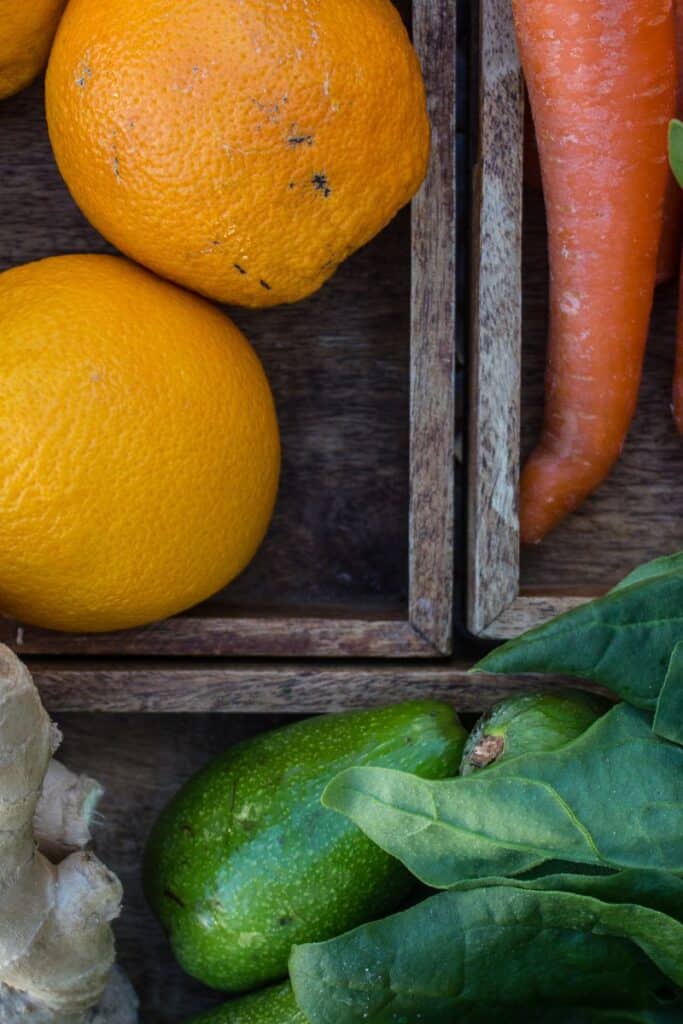
Many people would also consider proteins, like meats, poultry and seafood, “whole foods.”
However, if we want to get specific and technical, many of them have undergone some processing before making it to the grocery store shelf.
Fat has been separated in certain cuts of meat. Maybe salt or other ingredients have been added during the packaging process to help keep it fresher for longer.
While these are still close to whole in nature, they would be classified as Group 1 Under the Nova Processing Scale.
Examples of Processed Foods
Processed foods are typically those that can be found in packages. While many people think of these as nutrient-poor foods, that is not the truth.
When thinking about eating whole vs processed foods, know that processed foods are often as just as nutritious, or have similar nutrients added to them, as whole foods.
In this day and age, they can compete with fresh foods pretty well.
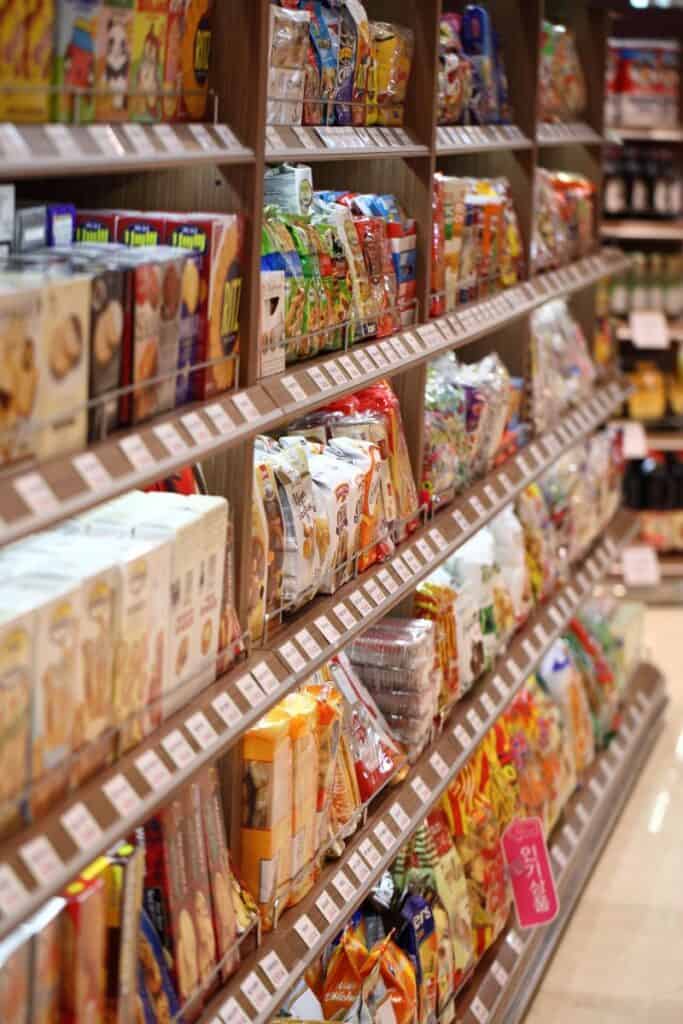
Food processing has also led to new products, such as concentrated fruit juices, freeze-dried coffee and instant convenience foods.
However, we know that not all processed foods are the same, nutritionally speaking. More on that below.
More Distinctions
A good example to distinguish the difference of whole vs processed foods is that peanuts would be a “whole foods,” while peanut butter would be a “processed food.”
Frozen broccoli, baby carrots and certain apple varieties (that may have been bred to avoid browning and maintain taste and texture) are technically processed foods because they have been altered from their normal state.
Therefore, food processing does not necessarily make foods unhealthy.
Food science is always evolving and advancing, providing new opportunities for better nutrition.
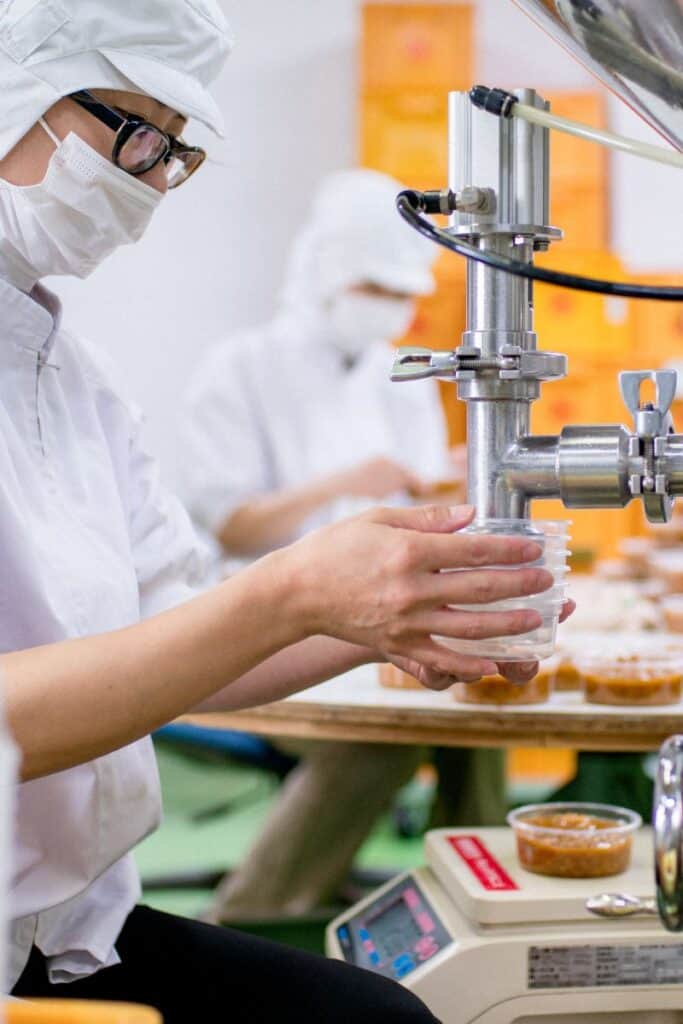
Reasons for Processing
There are many reasons that manufacturers process foods. Here are some common ones.
Shelf Life and Reduced Food Waste
Food processing helps to extend the shelf life of many foods. This can be very helpful in reducing food waste and making foods more budget-friendly.
Many of our favorite pantry staples are processed foods, by definition.
Packaged foods can provide environmental benefits by extending shelf life and reducing food waste.
Food waste is the largest contributor to landfill waste in the U.S. and a significant contributor to global GHG emissions.
Packaged foods can provide environmental benefits by extending shelf life and reducing food waste. Food waste is the largest contributor to landfill waste in the U.S. and a significant contributor to global GHG emissions.
USDA
Making Foods Edible
Think about the all purpose flour, whole wheat flour or even almond flour you have in your pantry. They are available to use for baking thanks to processing.
These processing techniques help make these ingredients more edible and useful in more ways than one.

Adding nutrients
Fortifying nutrients into a food is another reason for processing. This is huge for helping vulnerable populations to get key nutrients.
Fortifying cereals, for example, with nutrients like iron, calcium and/or Vitamin D is an example of this. Grains are also often fortified.
Food Safety
Similar to making food edible, food processing is also important for safety and preservation. Helping to remove harmful bacteria and microorganisms is another role of food processing.
Pasteurisation, air-tight packaging, and the use of preservatives are all parts of processed foods.
Convenience
Convenience is a key reason that we purchase the foods we do. Bagged salads, pre-chopped vegetables, ready meals, and canned fruits are easy examples of convenience foods that many of us use in our day-to-day lives.
With the pressure of work and working mothers, family life, travel and other parts of our lifestyles, many of us have less time and energy to cook from scratch in the kitchen.
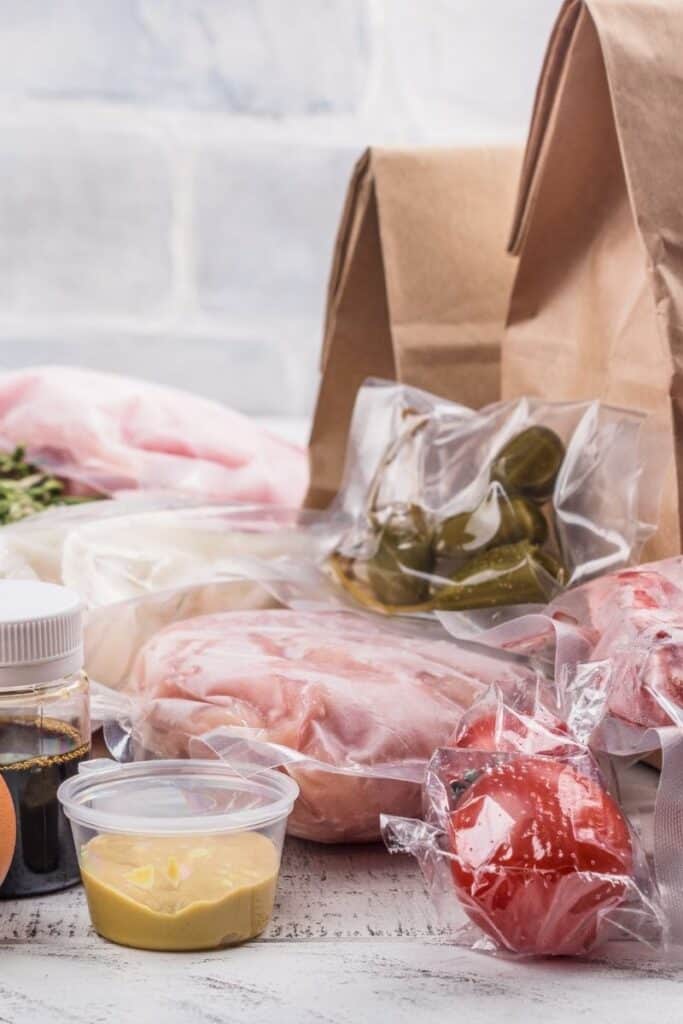
This is also why there are so many meal delivery options available that can cater to our dietary preferences and busy lifestyles. I talked about this in my post on going from 2 to 3 kids.
In fact, nearly 25% of consumers shop for groceries online, which is up from 20% in 2021. This is also a testament to our desire for flexibility and convenience.
Not All Processed Foods are Created Equal
Now that we know the benefits of processed foods, the issue goes to how can we make them healthier, more accessible, and easy to understand for consumers?
We know that there is a significant degree of variability in the nutrition, environmental, and equity aspects of packaged and processed food.
While we lack a universal way of classifying the nutritional content of processed foods, there are several tools and systems that attempt to evaluate and distinguish them.
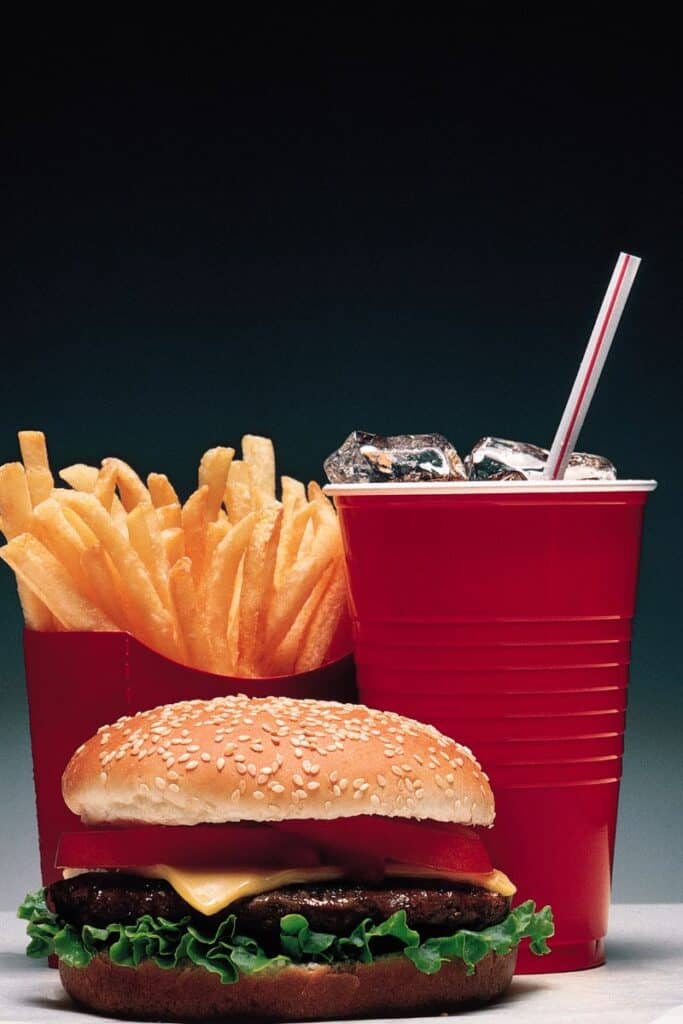
Nova Classification Scale
One example is the Nova scale, which separates processed foods into 4 categories based on the level of processing, as follows:
- Group 1 – Unprocessed or minimally processed foods (fresh, dry, frozen fruits and veggies, eggs, meat, fish, nuts, legumes)
- Group 2 – Processed culinary ingredients (olive oil, coconut oil, maple syrup, animal fats)
- Group 3 – Processed foods (canned veggies, salted meat, wine, beer). This is also processing of Group 1 and 2 foods with added salt, oil or sugar.
- Group 4 – Ultra-processed foods (sugar sweetened beverages, sweet snacks, reconstituted meat, prepared frozen dishes, canned soups, chicken nuggets). This group would include little intact Group 1 foods.
However, these groups still have variability in them. For example, soy would be classified as a group 4 “ultra-processed” food. But, we know that soy is safe for health and is very nutrient-dense.
Furthermore, different graders may even classify objects differently, making it less consistent across the board.
So, the challenge lies in how we convey health information about processed foods to consumers.
Can we view packaged foods more holistically and consider human, societal and planetary health?
Principles for Sustainable, Nutritious, Packaged Foods
After attending Foodfluence, a conference with nutrition experts sharing the science, I learned more about making packaged foods more sustainable.
You can learn more through the study published, titled Making Healthy, Sustainable Diets Accessible and Achievable: A New Framework for Assessing the Nutrition, Environmental, and Equity Impacts of Packaged Foods.
And in fact, there are many brands who are doing this now, such as Clif Bar.
I love many of the Clif Bar products, they are a great snack for athletes.
For the reasons mentioned above, making packaged foods more sustainable is the way of the future for feeding more people.
Can Packaged Snacks be Sustainable?
From a nutrition standpoint, this considers a snack that:
- Contributes positive food groups
- Contributes underconsumed nutrients
- Includes whole food ingredients
- Limits total and added sugars
- Limits saturated fats
- Limits sodium

There are also environmental and equity principles that make packaged snacks more sustainable, too. Some of these include:
- Using ingredients that limit greenhouse gas emissions, synthetic pesticides and chemicals
- Ingredients that support soil quality and biodiversity
- Zero waste practices in manufacturing
- Eco friendly packaging
- Made while enduring fair and healthy working conditions across the supply chain
I bet you haven’t considered these factors before when thinking about processed or packaged foods!
Does the fact that some brands take this into consideration change your viewpoint about packaged foods?
Making the Argument for Including More Sustainable, Processed Foods
As with anything, it’s not black and white. There is so much nuance in nutrition and buying habits that don’t make one way of eating or shopping superior to another.
The fact is that most Americans are falling short on nearly all recommended food groups as well as key nutrients, like dietary fiber, potassium, Vitamin D and calcium.
This could be for many reasons, including access, budget, inability to cook for many reasons, and more.
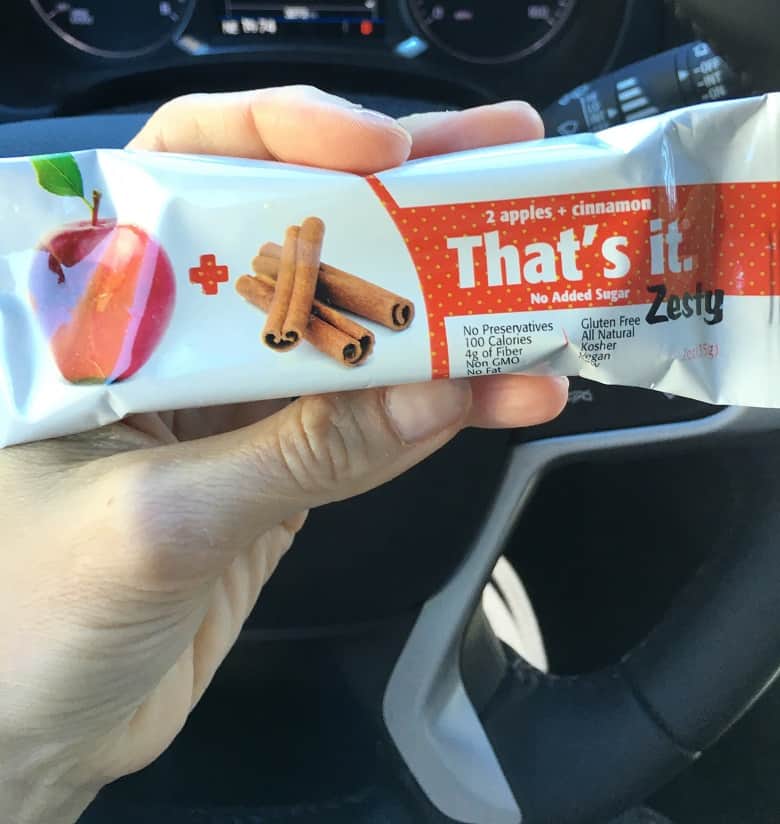
As a Registered Dietitian with a Master’s in Public Health, I understand that we have to meet people where they are. Small changes can be powerful!
I can’t expect someone to honor hunger or meal prep breakfast when they can’t get enough food to eat.
For example, maybe we can move to packaged foods with slightly less sugar, sodium or saturated fat.
Those are positive changes!

Including more processed foods vs fresh foods may help meet these objectives more sustainably in certain populations, like low socioeconomic areas and food deserts.
When we can make those processed foods more sustainable, it’s an even bigger win. Again, small changes add up for consumers and it can be difficult to budget for exclusively fresh foods.
As a review, here are many important things to consider about packaged and processed foods.
Accessibility: Processed foods provide an alternative to those who can’t always find, purchase or store fresh foods.
Shelf-Stable: Processed foods can often last months in your pantry, which is another reason for their success. They can be bought in bulk (which can reduce the overall cost), and stored for longer periods of time.
Nutrient Fortification: Processed foods are often fortified with nutrients, many of them those that are of concern in our diets. This is key! How else would these people increase their intakes if they can’t afford fresh foods, can’t cook, or don’t have a kitchen to cook in or somewhere to store fresh food?
Convenience: According to a 2022 survey done by the International Food Information Council, the main factors that determine purchasing habits among consumers are taste, price, nutrition and convenience. Packaged foods provide convenient options that can be enjoyed quickly or taken for on-the-go.
Price: Believe it or not, food processing can reduce the price of foods and make them more accessible and cost-effective for the consumer. Think about a bag of frozen broccoli vs a few heads of fresh broccoli. Especially when you consider that the same bag of frozen broccoli can last months in the freezer, vs. throwing out the fresh food if you don’t use it in time.
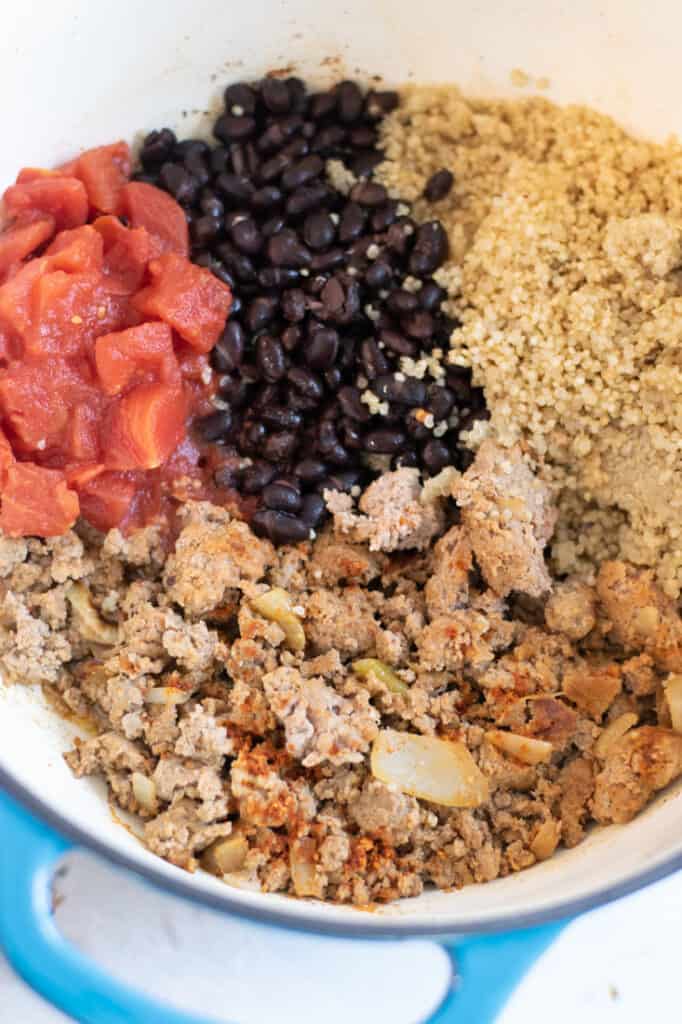
I hope this article helps you to rethink and reframe some of your thoughts and opinions about processed foods and packaged foods.
Whole foods vs. processed foods doesn’t seem so black and white anymore, does it?
References:
- Braesco, V., Souchon, I., Sauvant, P. et al. Ultra-processed foods: how functional is the NOVA system?. Eur J Clin Nutr 76, 1245–1253 (2022). https://doi.org/10.1038/s41430-022-01099-1
- Gustafson DI, Decker EA, Drewnowski A, Hamm MW, Hwang J, Merrigan KA. Making Healthy, Sustainable Diets Accessible and Achievable: A New Framework for Assessing the Nutrition, Environmental, and Equity Impacts of Packaged Foods. Curr Dev Nutr. 2022 Aug 27;6(10):nzac136. doi: 10.1093/cdn/nzac136. PMID: 36204327; PMCID: PMC9529222.
- International Food Information Council. 2022 Food & Health Survey.18 May 2022.
- U.S. Department of Agriculture and U.S. Department of Health And Human Services. Dietary Guidelines For Americans. 2020
- Weaver C, Dwyer J, Fulgoni V, et al. (2014). Processed food: contributions to nutrition. The American Journal of Clinical Nutrition (AJCN) 99(6), pp. 1525-1542.
Support Bucket List Tummy






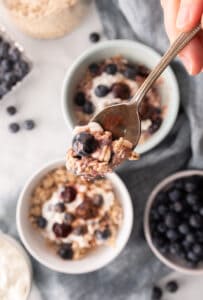
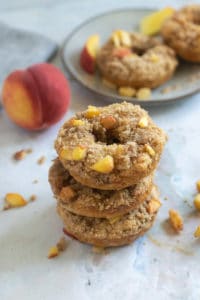
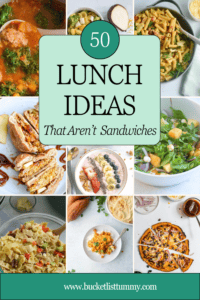
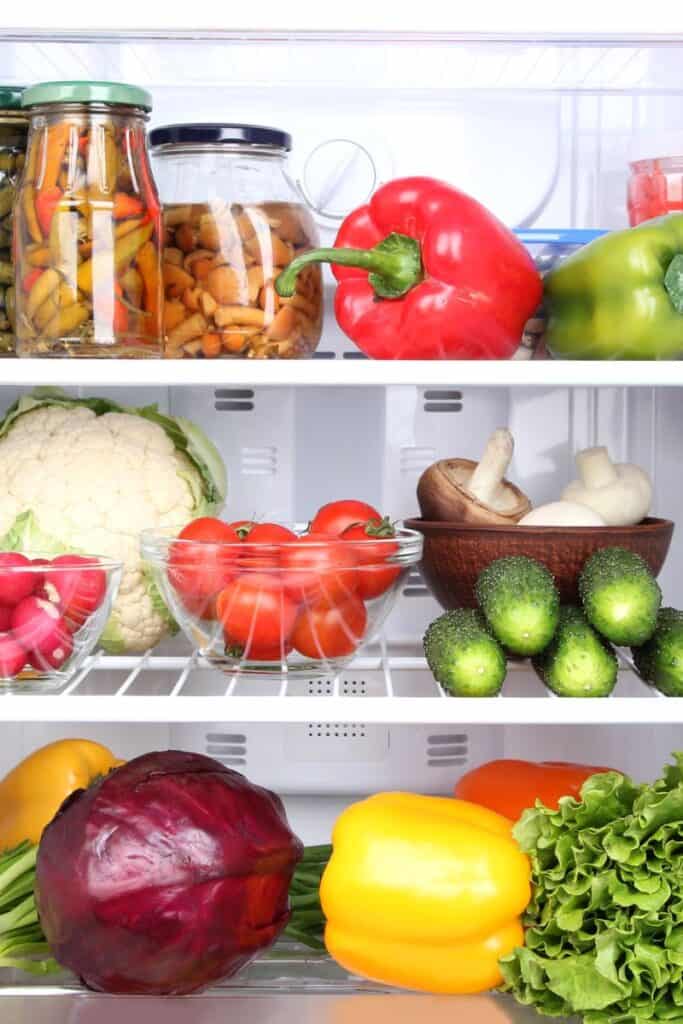


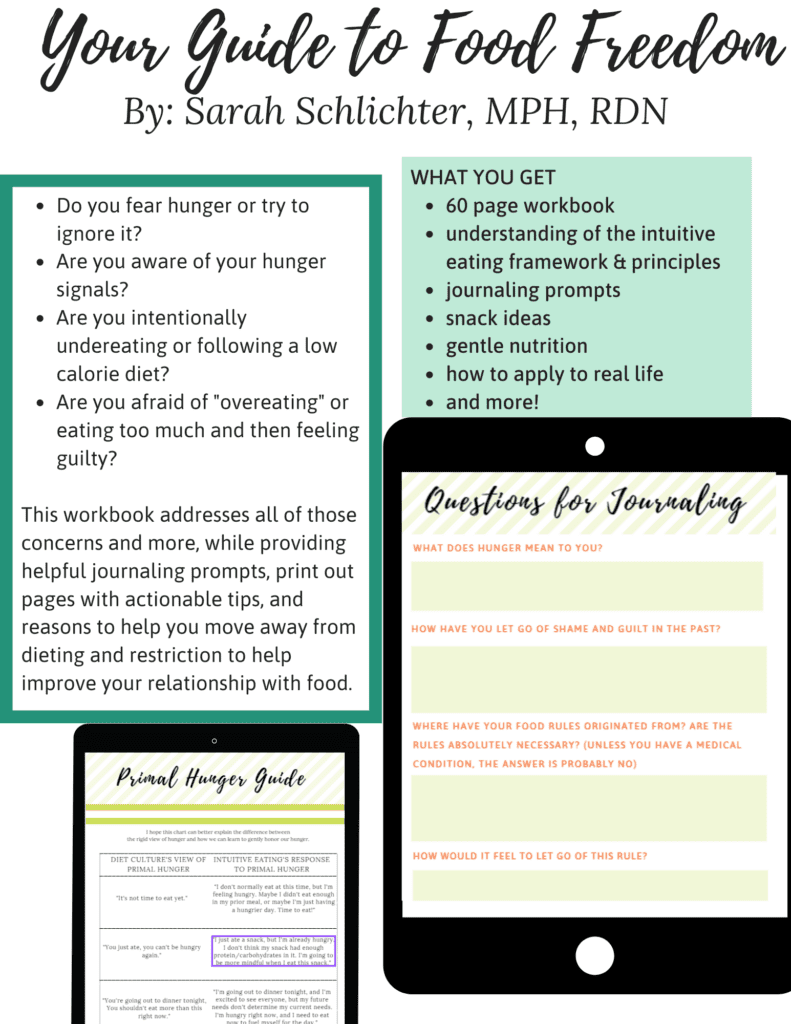
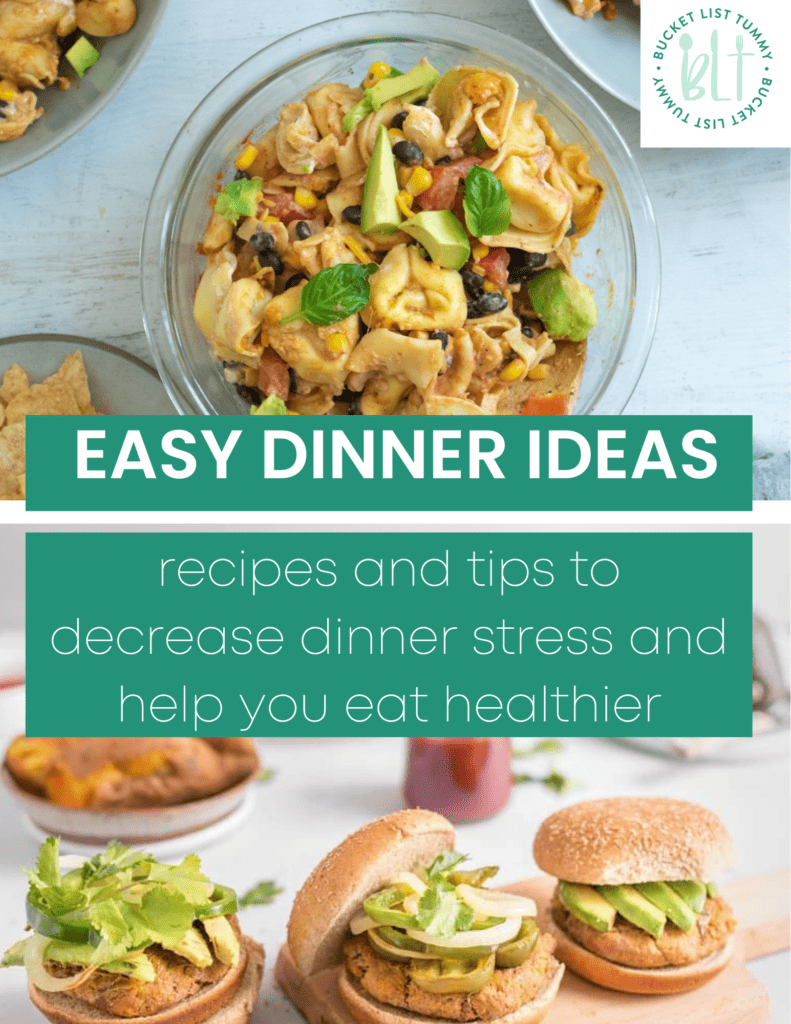
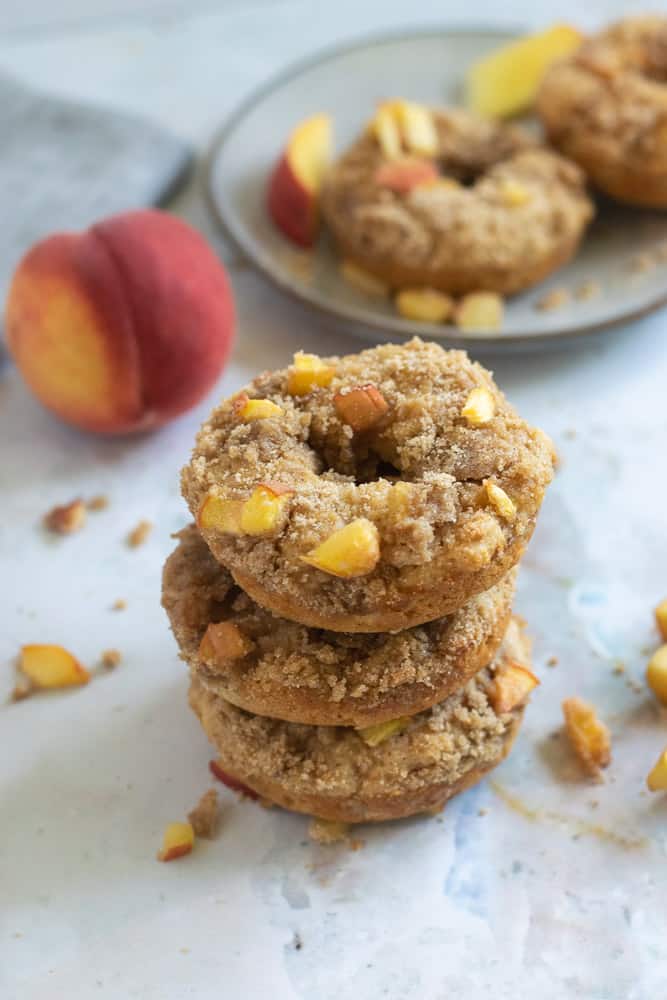
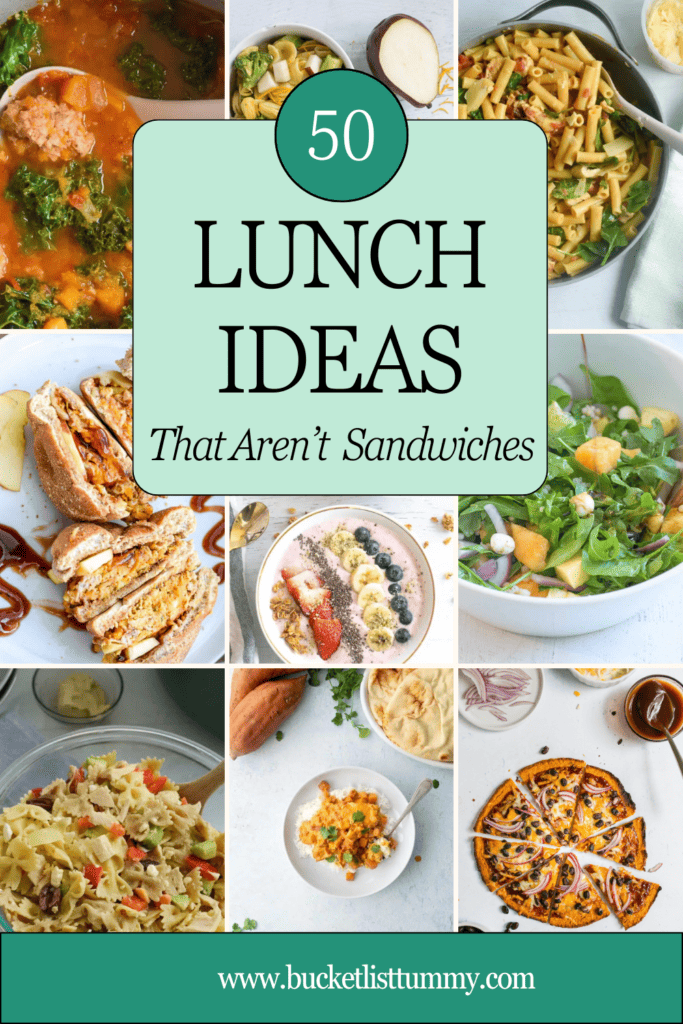
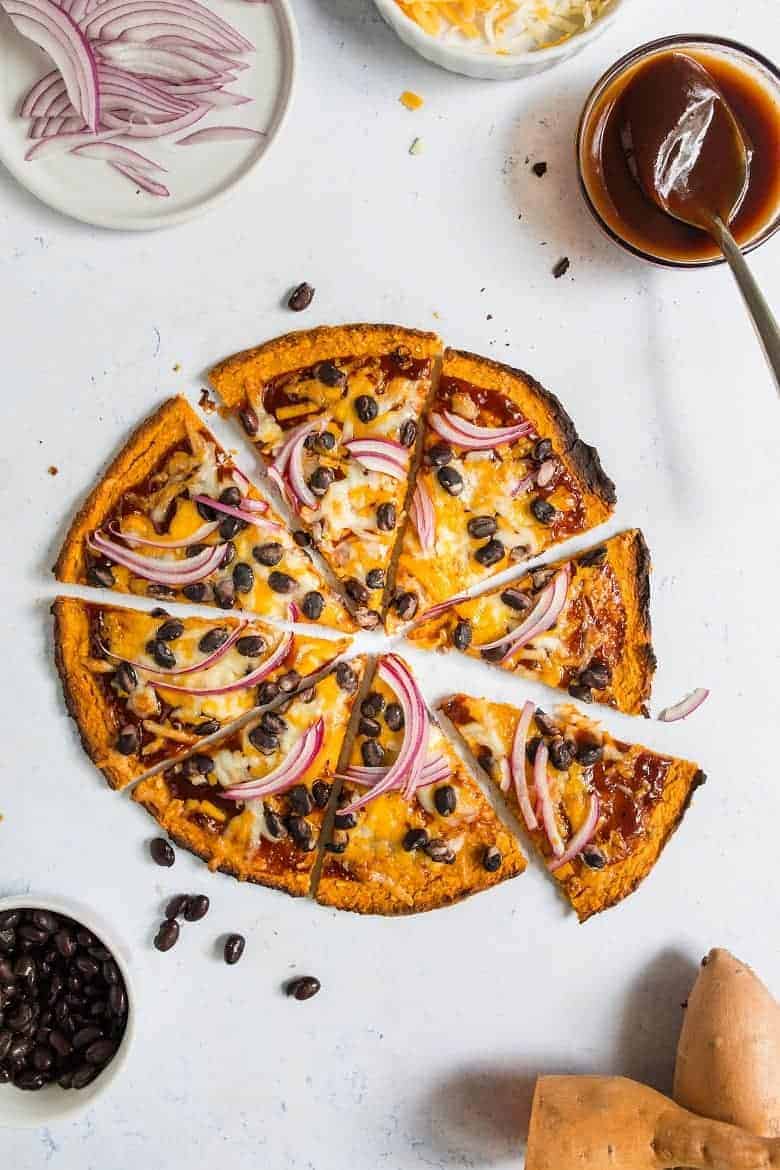
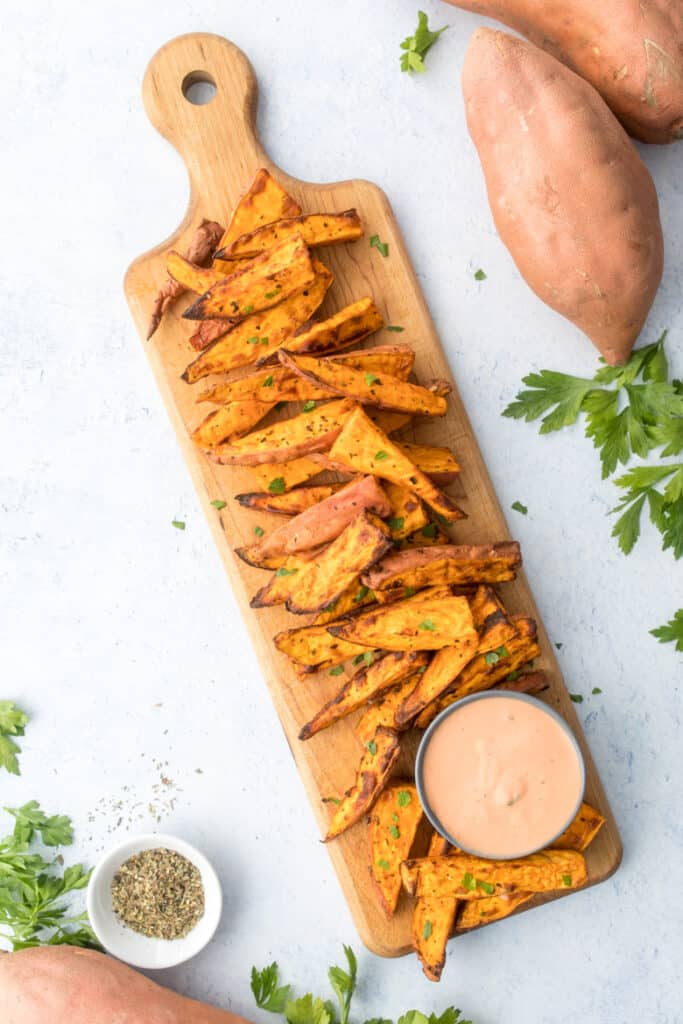
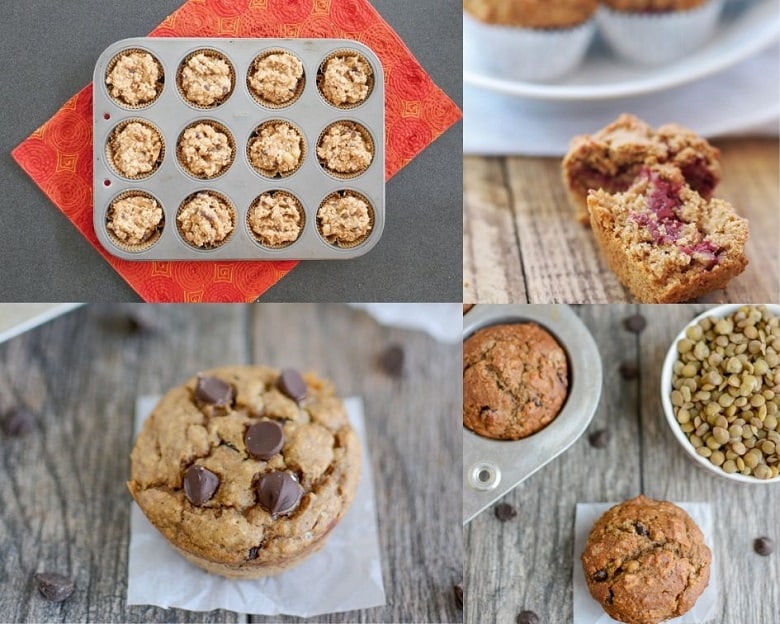
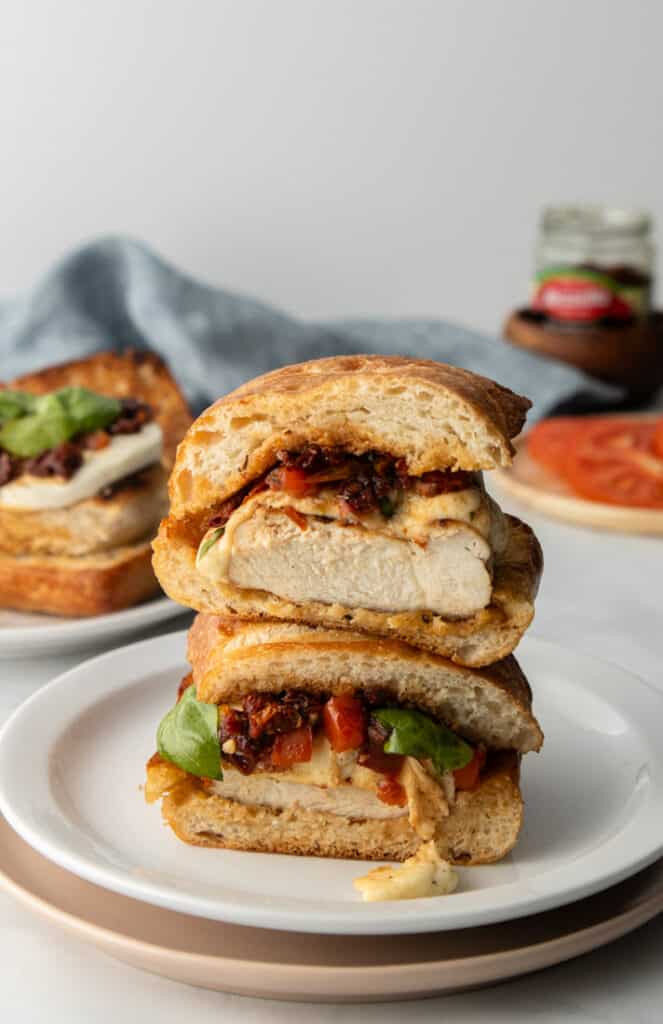
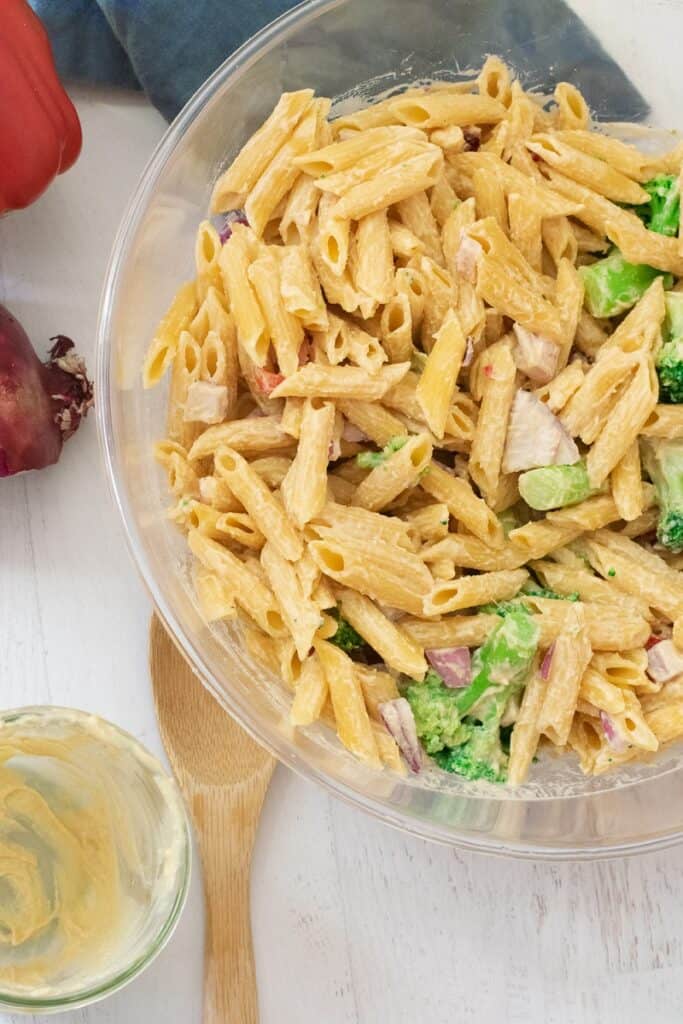
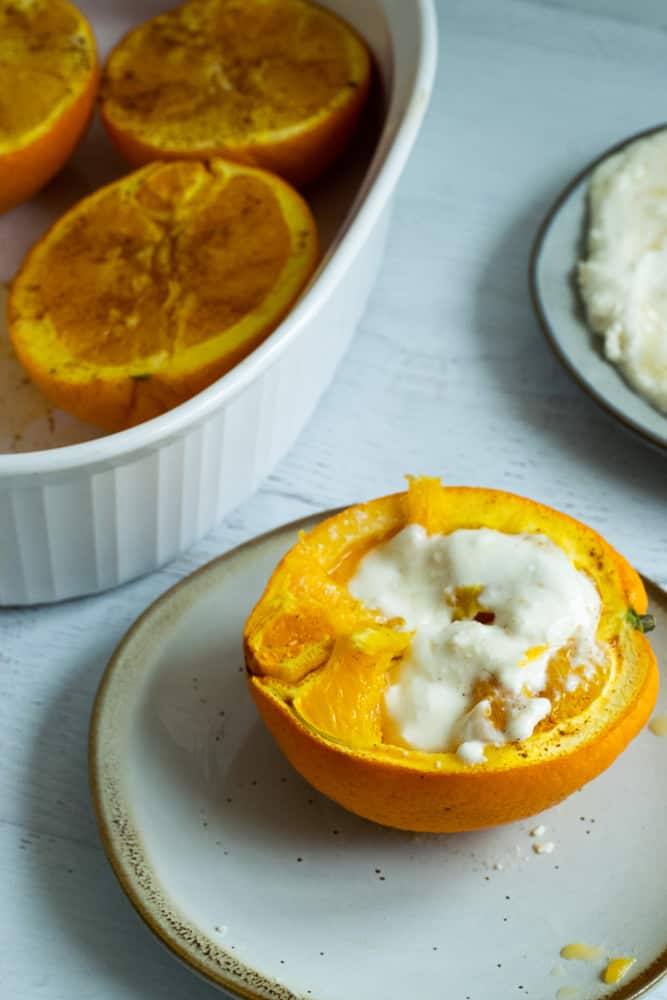
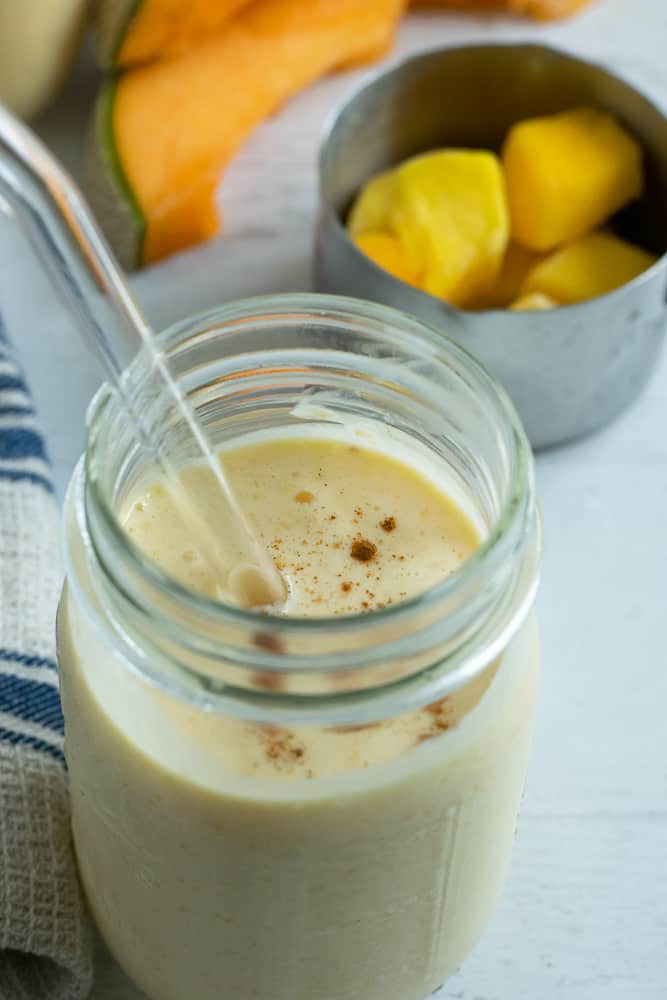
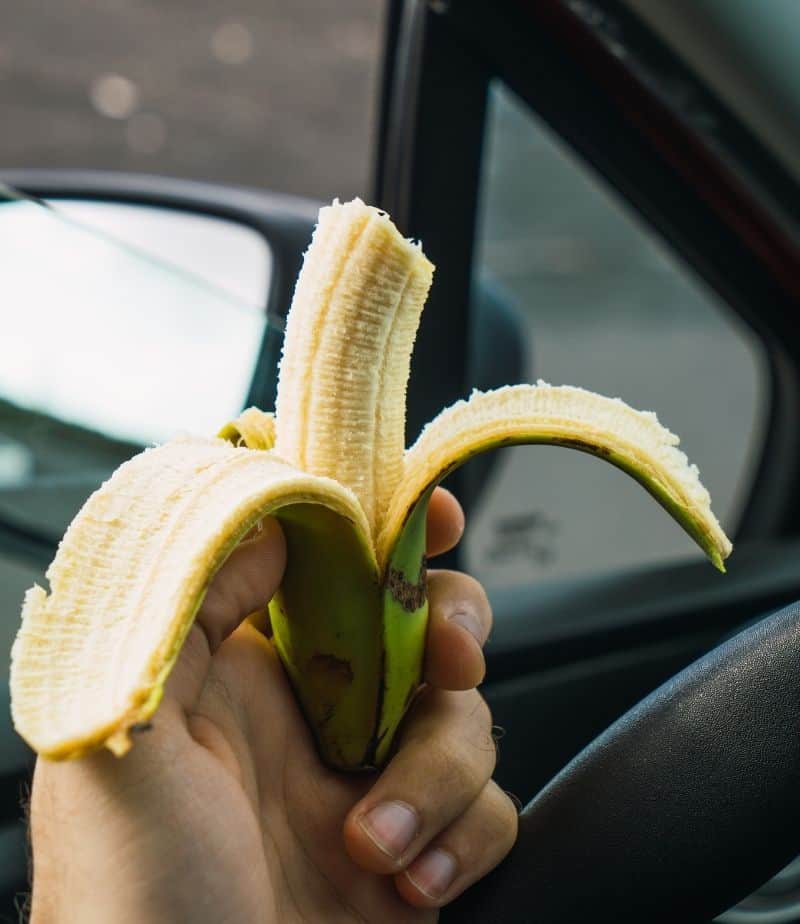
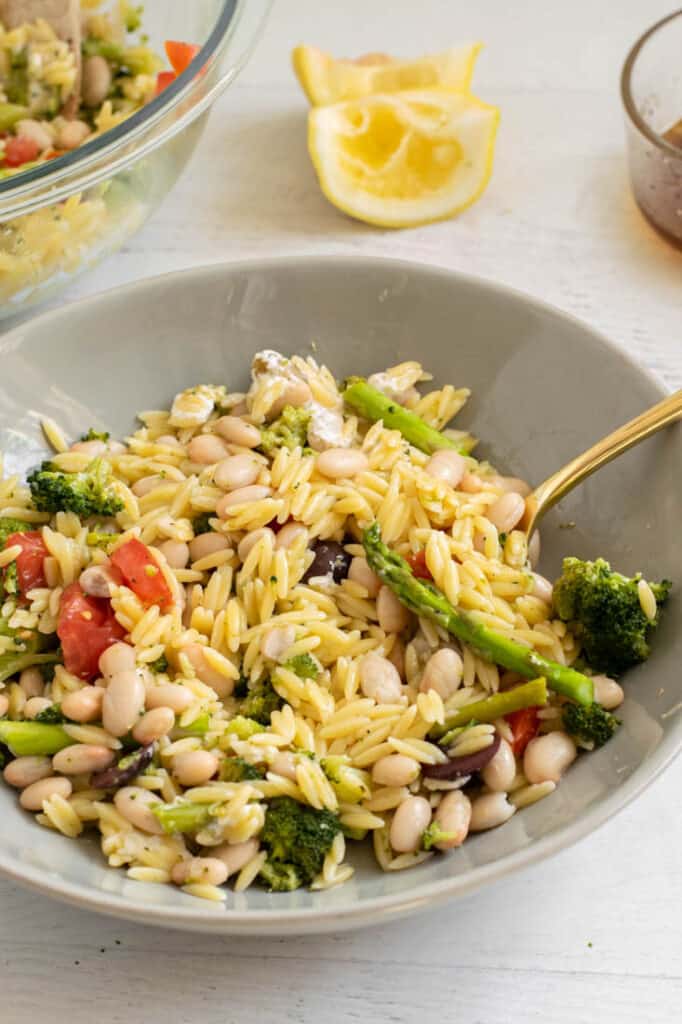

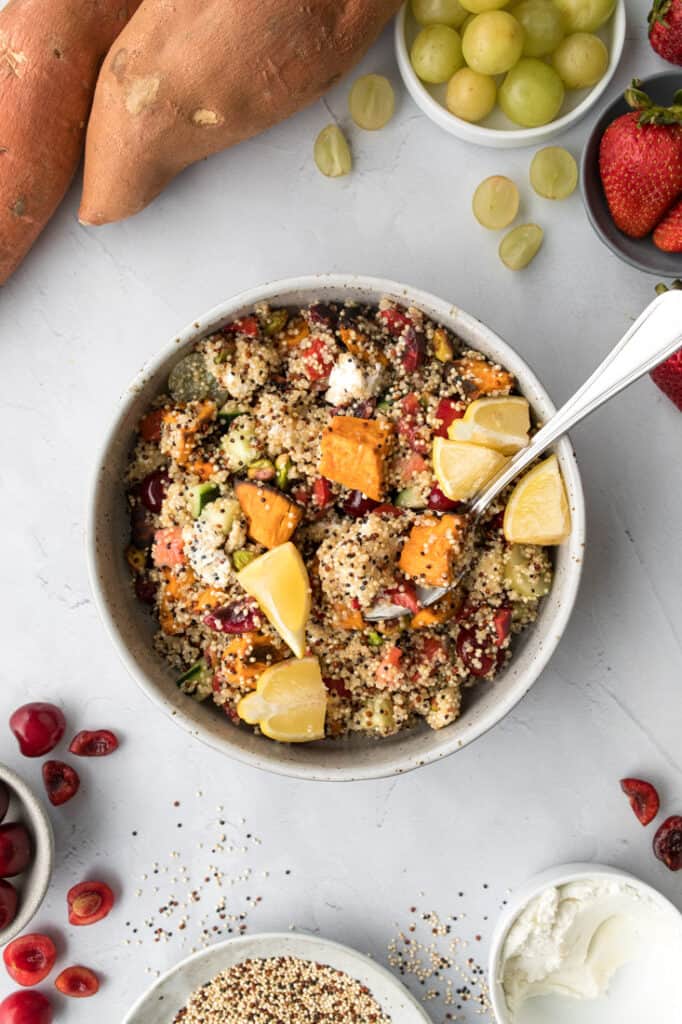

Like This Content?
Support Bucket List Tummy